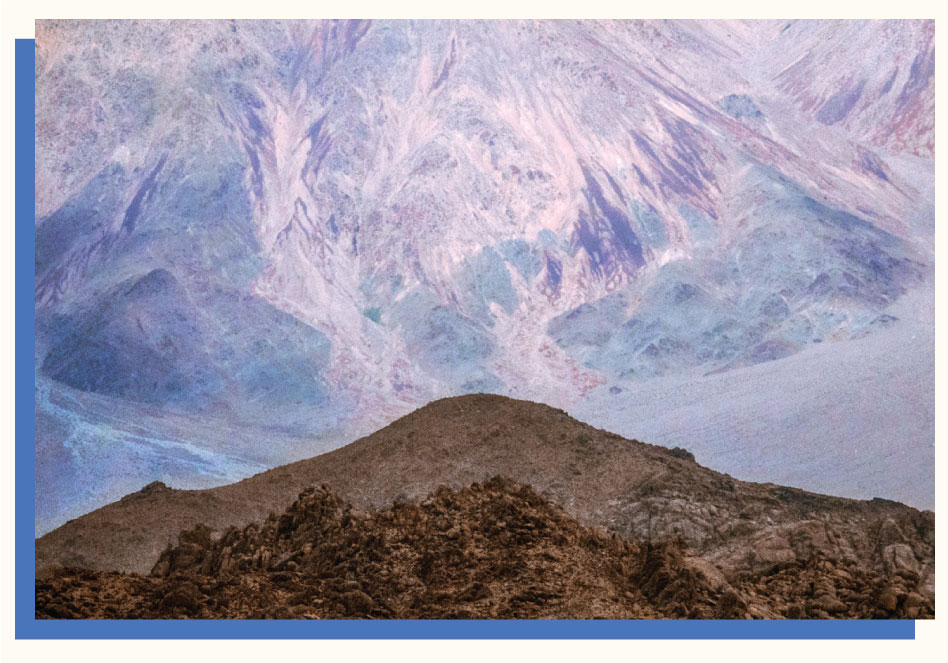Yesterday we celebrated the ratification of the 19th amendment, which gave women — specifically, white women — the right to vote. It’s a stark reminder of the often untold history of how the women’s movement materialized. Although the 19th amendment was a major equitable milestone for women, it did not initially extend to women of African American, Asian American, Hispanic American and Indigenous heritage because of widespread voter suppression enacted against Black women and other women of color.
It wasn’t until the Voting Rights Act was passed nearly a half century later, on August 6, 1965, that Black women were unanimously able to exercise their right to vote. “The Voting Rights Act was the culmination of several decades of suffrage representing more than a century of work by Black women to make voting easier and more equitable.” A new book from renowned historian Martha S. Jones, Vanguard, which is coming out this fall, chronicles in detail the definitive role Black women played in women’s suffrage.
During the 1830s, middle and upper-class white women — who were previously bound to their roles as wives and mothers — were actively drawn into the anti-slavery cause through the Abolitionist movement, where they would learn to organize and challenge male supremacy, awakening what would be akin to political consciousness. Eleanor Flexnor’s study of the women’s movement reveals that white women ”accumulated invaluable political experiences, without which they could not have effectively organized the campaign for women’s rights” from the Abolitionist movement.
Angela Davis writes in Women, Race, & Class: “Black women were often excluded from white organizations and activities. For example, the National American Woman Suffrage Association prevented Black women from attending their conventions. Black women often had to march separately from white women in suffrage parades. When Elizabeth Cady Stanton and Susan B. Anthony wrote the History of Woman Suffrage in the 1880s, they featured white suffragists while largely ignoring the contributions of Black suffragists” such as Maria Stewart, Frances Ellen Watkins Harper, and Fannie Lou Hamer.
The pervasiveness of prejudice within the ranks of the women’s suffrage movement is an important reminder of the revisionist history we’re often taught about white saviors. It’s at odds with who we want them to be when we paint them in such a questionable light.
When we pull back the veil on American history, including but not limited to activism, social justice, politics, literature, fashion, art, and music, it’s clear we owe it all to Black women. White women and white people that identify as white women would not be where we are today without the disenfranchisement and appropriation of the Black women and Black culture. Period.
Unfortunately, most social campaigns — as evidenced by Tarana Burke and #metoo or the Black Lives Matter movement — do not gain mainstream support or momentum until white people jump on the bandwagon. So, here we are. If we, white women, say what Black women are shouting from the top of their lungs, will people finally hear it? Developing a persona inspired by Black women for profit or notoriety is not appropriate. Furthermore, refusing to admit your entire schtick is a knock-off of a Black woman complete with a soundtrack by a Black woman is not acceptable. We can’t be the only ones who got the memo about AAVE and Digital Blackface, right?
This isn’t just about hashtags or credit for concepts, this is part of a much larger conversation about identity and the co-opting of Black culture to enhance our own agendas. By centering ourselves in the narrative and taking up space while Black women do all the work, we continue to benefit from the fruits of their labor even after we’ve claimed to be allies and “listened and learned” what Black liberation actually entails.
If we don’t hold each other accountable as we stumble through the learning and unlearning of systemic racism, who else will?
xx Jeanine
